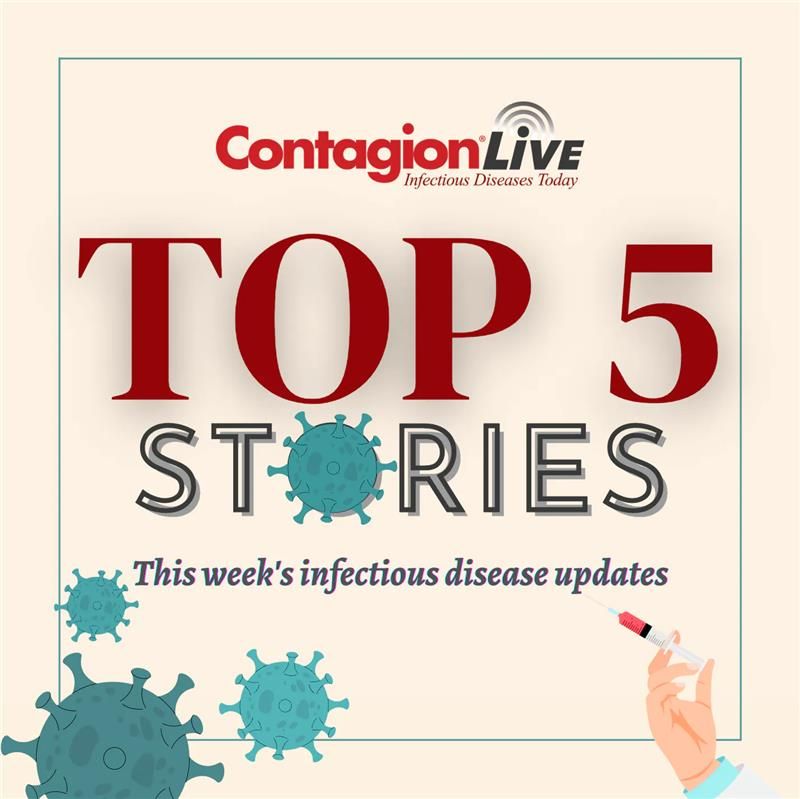A follow-up study by ActivePure will explore how environmental changes driven by advanced photohydrolysis (AP) technology affect patient outcomes, including infection rates and recovery times. If successful, widespread adoption of AP systems could reduce the transmission of antimicrobial-resistant (AMR) pathogens in healthcare settings, improving patient safety and infection control efforts across hospitals.
As previously reported by Contagion and in past interviews with ActivePure, AP technology works in the background to lower infection rates without the need for additional staff. It protects patients and healthcare workers from resistant bacteria while providing data to track infection trends. In this interview with Deborah Birx, MD, chief scientific and medical advisor, and Amy Carenza, BBA, chief commercial officer at ActivePure, we discussed the technology’s role in infection control and its broader impact on healthcare systems.
As Birx explained, “What we’ve been able to see as different health systems adopt the technology and have that historic data of what had happened previous to the technology. They understand how many hospital-acquired infections (HAIs) they had. They understand how many extra days patients had to stay in the hospital, to say that you have a technology that is agnostic to the pathogen and can kill all of them and decrease them in the environment, to say that you can do it without increasing your human resources, which is extraordinarily important.”
Birx’s comments highlight the importance of tracking HAIs and the length of stay as key metrics for evaluating the effectiveness of infection prevention strategies. These metrics are important for understanding the technology’s broader impact on patient outcomes. Additionally, using pathogen-neutral technology that reduces harmful bacteria in the hospital to improve infection control, and alleviate the burden on healthcare staff can be important to prevent overwork and support effective infection prevention.
Building on Birx’s point, Carenza previewed the next steps in their analysis, “One of the things that we’re now looking at is going back with our health system partners and analyzing the various MDROs. When we’ve got the CLABSI, CAUTI, was there an MDRO involved? What type of MDRO was it and specifically evaluating the impact?”
She further emphasized the importance of understanding the specific types of MDROs, stating, “Just helping to connect those dots, because we understand that the technology is agnostic and what it pursues, but helping the clinicians understand, no, you’re not just impacting a CAUTI you are impacting specifically this type of MDRO, which historically, you’ve had six to seven times the amount of infections that you had of this type. Helping them really appreciate the impact, so that data will be forthcoming.”
By focusing on infections like CLABSI and CAUTI, the team can assess the presence of resistant bacteria and the technology’s effectiveness in reducing these infections. Helping clinicians understand that the technology is not just impacting general infections but specifically targeting certain types of MDROs, which have historically caused higher infection rates.
In conclusion, Birx and Carenza expressed strong enthusiasm for the potential of AP technology in transforming infection control in healthcare. Birx noted, “The clinicians, COOs, CFOs, and CEOs, are saying, ‘This is a breakthrough. It improves patient outcomes.’” She continued, “It’s really extraordinary, and these kind of technologies are once in a lifetime, because we do believe that this is a moment, this is an inflection point for our healthcare systems.”
Carenza added, “Information is made possible because our health systems. They’re fantastic partners, working with them, seeing these results, and then allowing that data to come back to us in a way where we can continue to report out broadly to the entire healthcare network, so that folks understand broadly what the potential of this technology is. We have to keep telling that story. That’s our job. But luckily, we’ve got some great partners who are there sharing their data so everybody can understand the impact.”
With ongoing data collection, insights into the technology’s impact on specific infections, such as MDROs, will continue to emerge. Through their strong partnerships with health systems, this data is helping to inform broader infection control strategies and offering potential solutions for hospitals facing staffing pressures.
Part 1 of our interview here: Photohydrolysis Technology Achieves Reduction in Fungal Colony-Forming Units and C auris In Hospital Settings








